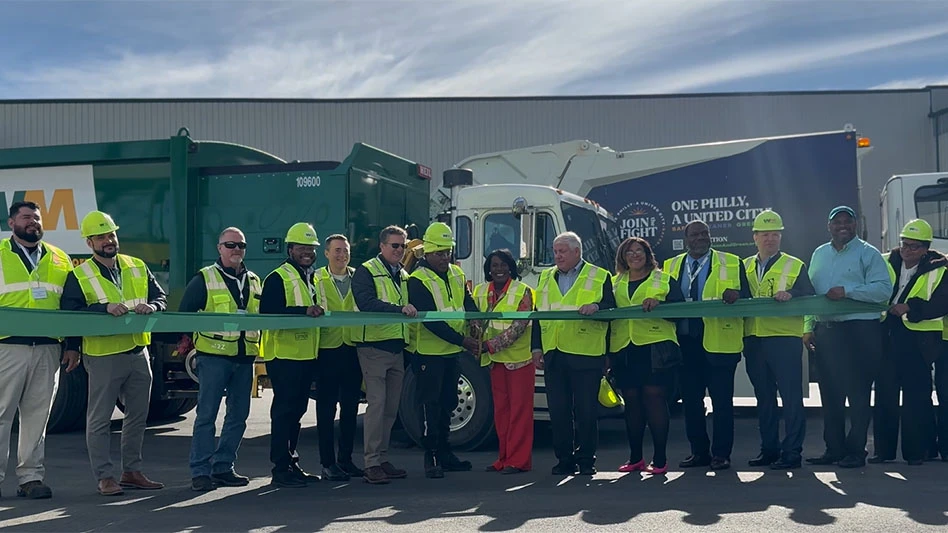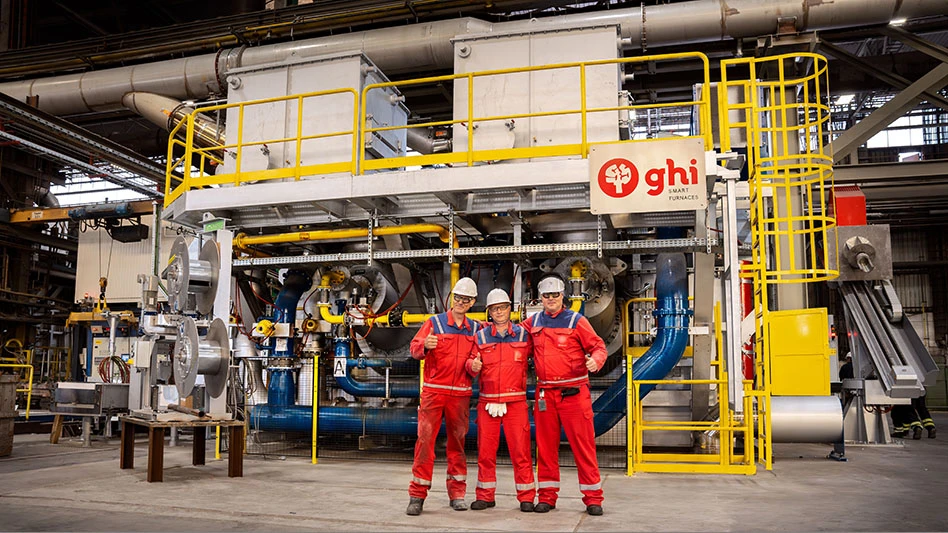Singapore-based Green Li-ion has completed an $11.5 million funding round supported by several investment funds, according to its co-founder and CEO Leon Farrant. The level of funding surpasses the $10 million target announced in February.
The company designs and produces systems to recycle lithium-ion and alternative batteries used in electric vehicles (EVs), smartphones and other electronic devices. It is moving forward on installations in the United States, Singapore, the United Kingdom and other nations and now has its eye on Europe, says Farrant.
Farrant says several investors took part in the recently completed funding round, including London-based Energy Revolution Ventures; Portugal-based EDP Group; South Korea-based GS Holdings; Singapore-based TriRec Co.; and Houston-based MB Energy Partners.
Houston also is the location of a Green Li-ion installation in progress. That system will accept black mass (mixed metals and sulphates from shredded batteries) from LiNiCo Corp. in Nevada and upgrade it to battery-grade materials and other marketable materials.
In addition to the Houston system, the company’s installations in Asia are being developed to use technology developed by Green Li-ion to accept a wider variety of black mass (including from LFP, or lithium-iron-phosphate EV batteries) to yield marketable materials.
The newer systems are going by the name GLMC-2, with both it and the original GLMC-1 technology developed by a team led by Farrant’s co-founder and Green Li-ion chief technology officer Reza Katal. Farrant says the company has applied to trademark the term “hydro-rejuvenation” to describe the technology, which is an adaptation of its original hydrometallurgical process.
Farrant cites further developing that technology as one of the two “key pillars” where the new funding will be targeted. The other, he says, involves establishing a presence in Europe, where EV and battery production is ramping up—which means battery recycling and black mass processing investments exist and more will follow.
In Europe and beyond, Farrant says Green Li-ion is poised to serve the growing battery and black mass recycling sector. “We’ve always been focused on closing the loop and creating circular economies for batteries,” he comments.
He says that while much of the recycling sector’s initial interest in Green Li-ion technology focused on nickel and cobalt recovery from NMC (nickel manganese cobalt) batteries, there also was an unmistakable pivot toward LFP battery use in Asia. “Clients are showing an interest in both GLMC-1/2 and GLLFP-1 systems—and potentially having both, because they have the need for both,” says Farrant. “They can see a tidal wave of LFP EV batteries coming, which before GLLFP-1 they were not sure what to do with.”
The ongoing need for both systems is likely, Farrant says, especially if some EV producers stay loyal to NMC batteries for performance reasons while others gravitate to LFP for cost-efficiency reasons. Just as diesel engines have coexisted with gasoline engines for decades, Farrant says a likely outcome is that “the world needs both.”
Hayden Sommer of funding round investor Energy Revolution Ventures says, “We are delighted to be supporting Green Li-ion as lead investor in its successful fundraising. The company’s recycling technology and its ability to be installed and run in a modular processing plant is transformative and highly scalable. It affords manufacturers the potential to build these modular plants near to a production source of battery-grade materials, making the recycling of onsite battery materials both low cost and highly sustainable.”
Latest from Recycling Today
- ReElement, Posco partner to develop rare earth, magnet supply chain
- Comau to take part in EU’s Reinforce project
- Sustainable packaging: How do we get there?
- ReMA accepts Lifetime Achievement nominations
- ExxonMobil will add to chemical recycling capacity
- ESAB unveils new cutting torch models
- Celsa UK assets sold to Czech investment fund
- EPA releases ‘National Strategy to Prevent Plastic Pollution’





